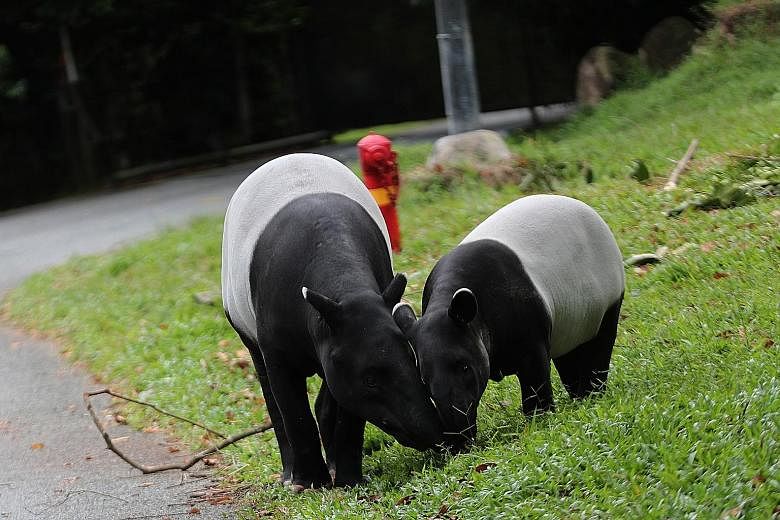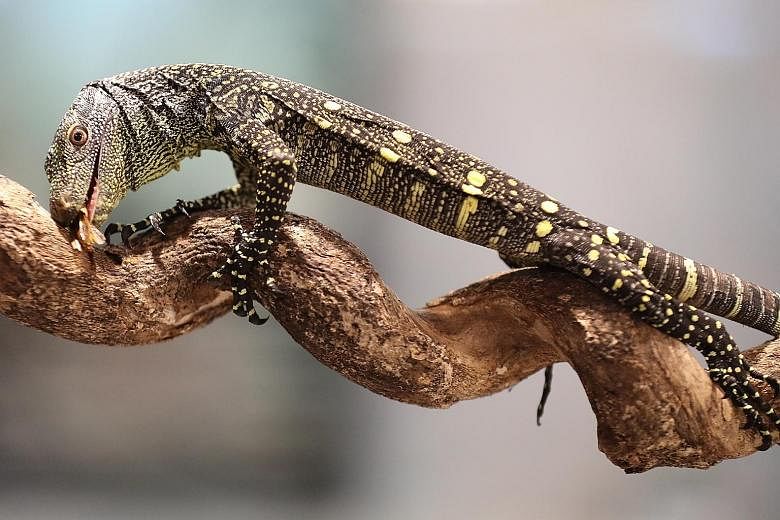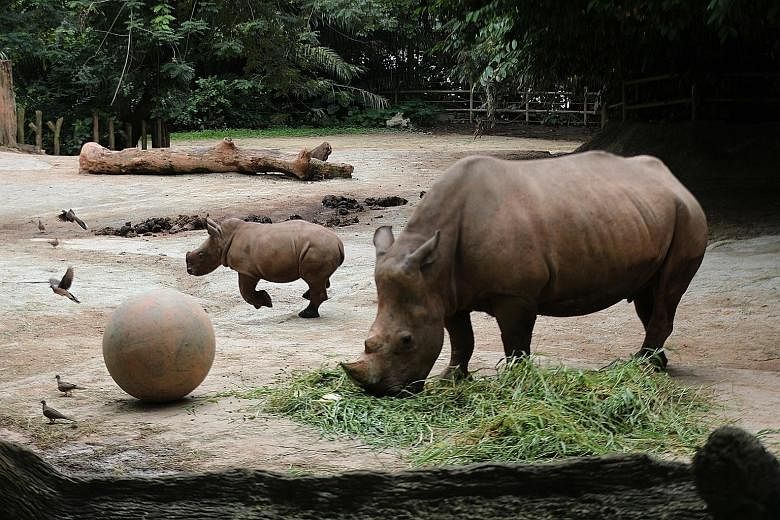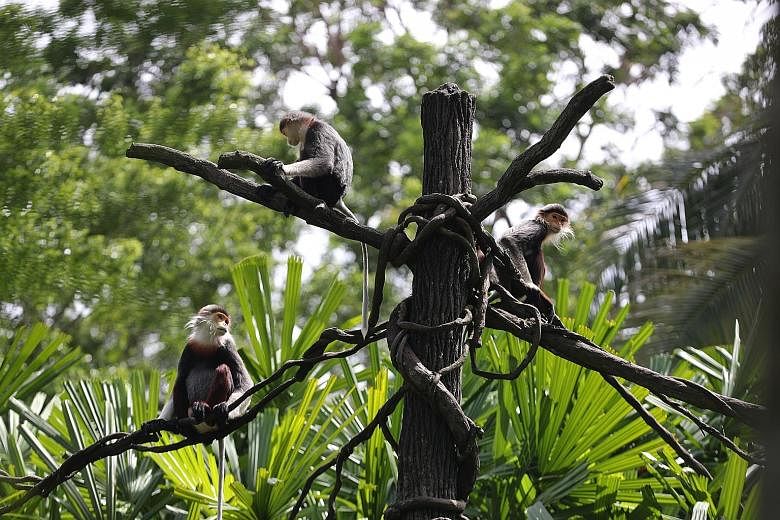Breeding species of animals that are endangered to supplement their population in the wild can ensure their continued existence in the event of threats like the fires that razed the Amazon last year and, more recently, Australia.
Wildlife Reserves Singapore's (WRS) director of zoology Luis Carlos Neves said the animals also serve as an "assurance population" in the event the wild populations become locally extinct.
"As recent events like the fires in the Amazon and Australia have shown, wildlife is facing increasingly dire threats. Breeding these threatened species under human care helps to ensure that there is a sustainable population of the species that could one day be used to supplement wild populations," said Dr Neves.
WRS has bred 25 species listed as threatened under the International Union for the Conservation of Nature's Red List of Threatened Species. WRS manages Jurong Bird Park, the Night Safari, River Safari and the Singapore Zoo.
The animals include five hyacinth macaw chicks, a type of parrot species native to South America that is threatened by habitat loss and poaching. They are being raised at the Jurong Bird Park's Breeding & Research Centre to maximise their chances of survival.
The park also had success with the endangered Santa Cruz ground doves from the Solomon Islands. The birds, which were transferred here, produced 37 hatchlings last year.
As the world's only assurance colony outside the Solomon Islands, the hatchlings are a big win for the species whose population in the wild is currently estimated at only 300.
In November last year, the Singapore Zoo welcomed its first-ever pair of crocodile monitor hatchlings, a milestone achievement as they are the world's first second-generation crocodile monitors hatched in a zoo.
The species is known to be difficult to breed under human care and the hatchlings are extra special because both parents were themselves hatched under human care.
The crocodile monitors were among 660 newborns and hatchlings collectively welcomed last year by WRS.
The newborns are from 121 different species.
Among the other animals that arrived last year were a Malayan tapir calf, the 31st to be born at the Night Safari; a giant anteater pup at the River Safari; a pair of red-shanked douc langur babies and a white rhinoceros calf at the Singapore Zoo.
A self-funded organisation, WRS said it focuses on protecting biodiversity in Singapore and South-east Asia through collaborations with like-minded partners, organisations and institutions.
Each year, the four attractions welcome 4.6 million visitors.





